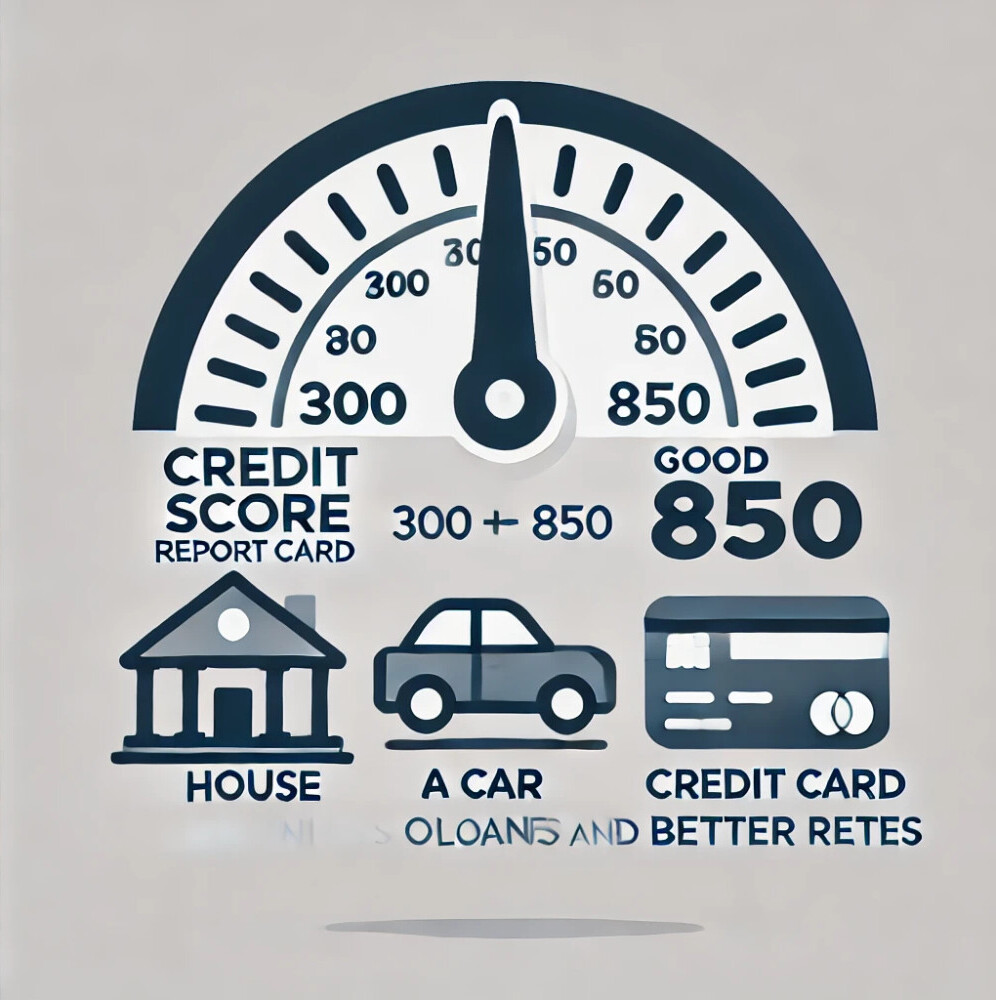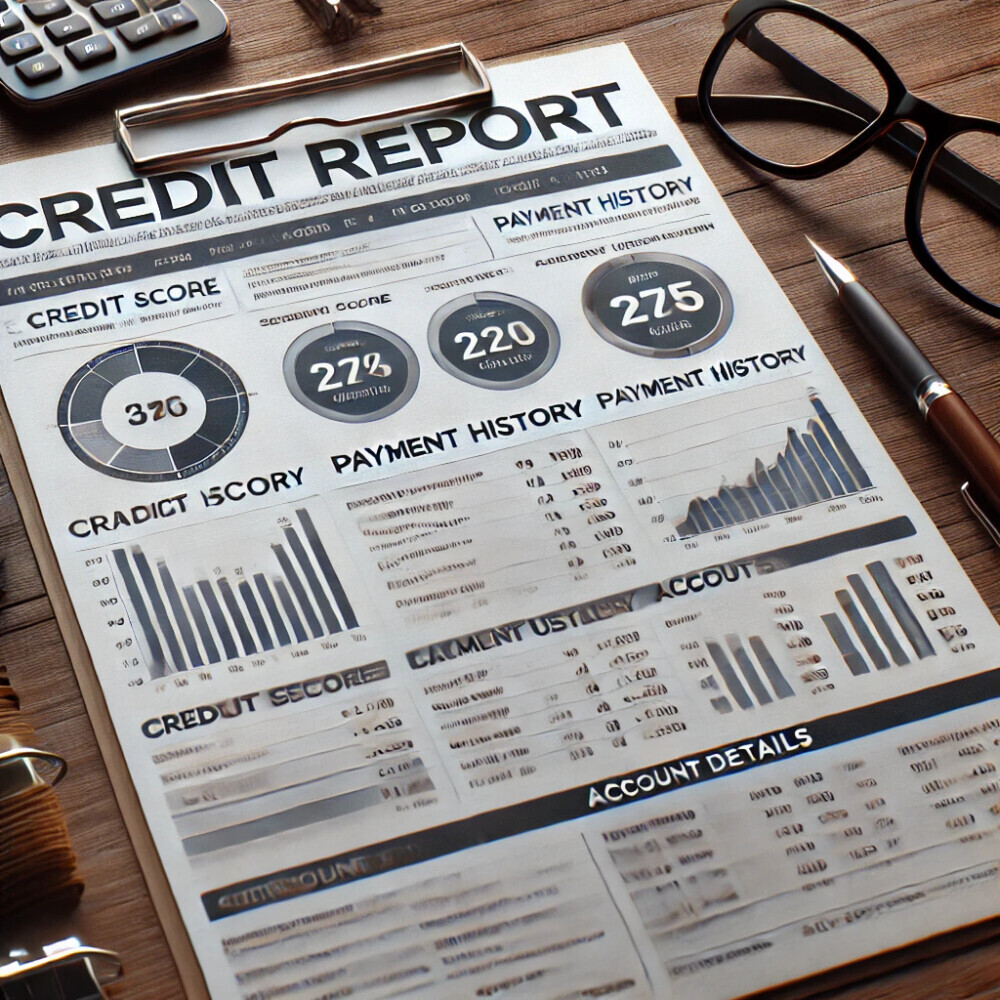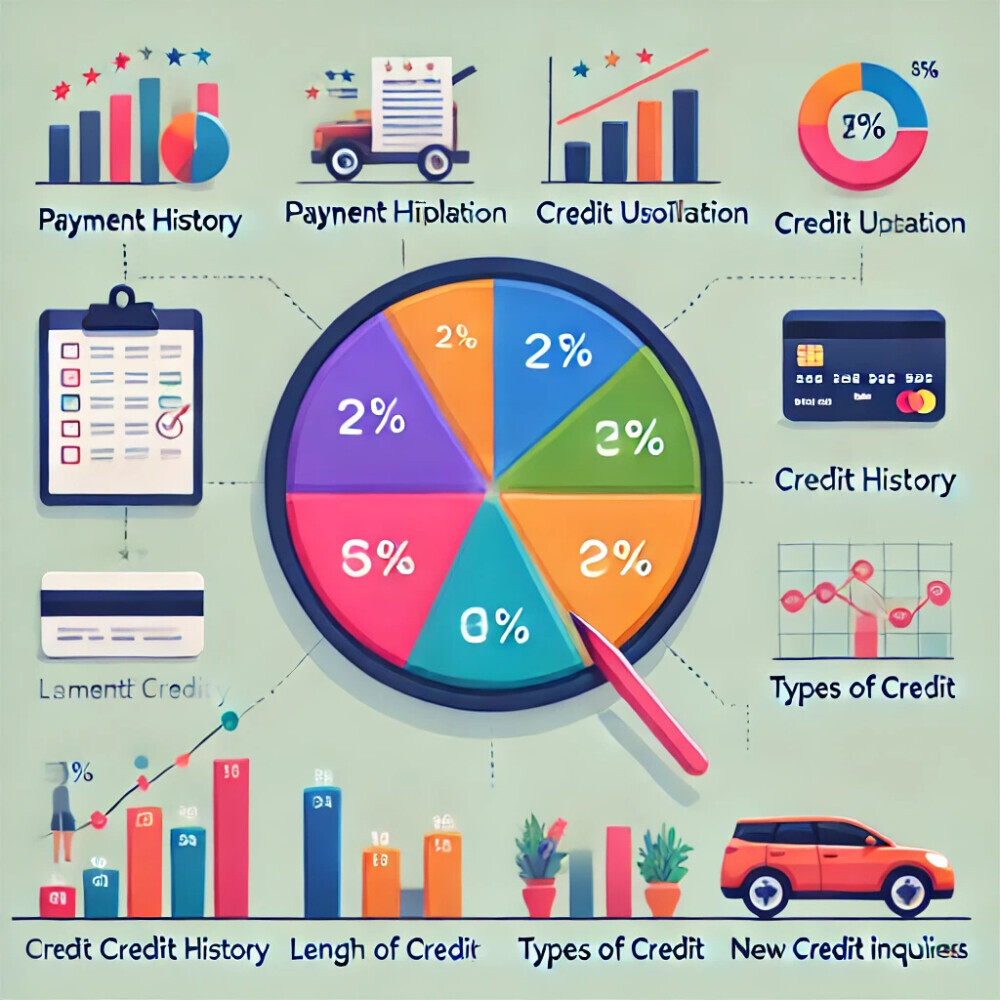 A credit score is basically your adulting report card. It’s a number, usually between 300 and 850, that shows how trustworthy you are when it comes to money. Lenders use it to see if you’re a risk worth taking. Having a good credit score can open doors to lower interest rates, better loan terms, or even that fancy new apartment you’ve been eyeing.
A credit score is basically your adulting report card. It’s a number, usually between 300 and 850, that shows how trustworthy you are when it comes to money. Lenders use it to see if you’re a risk worth taking. Having a good credit score can open doors to lower interest rates, better loan terms, or even that fancy new apartment you’ve been eyeing.
Several factors are at play when crafting your credit score. Payment history is king—it’s like your grade for paying bills on time. Credit utilization, the amount of credit you’re using compared to what’s available, is huge too. Then there’s your credit history length, the types of credit you have, and how many new accounts you’ve opened recently. All these pieces come together to tell your credit story.
Plenty of folks think checking their credit hurts the score, but that’s a myth. Only ‘hard inquiries,’ like when you’re applying for a mortgage, have a tiny impact. Checking your own score? No harm, no foul. Another myth? Closing old credit cards improves your score. In reality, it can lower it by reducing your available credit and shortening your credit history.
Keeping an eye on your credit score is crucial. Luckily, there are tons of free tools out there to help you understand where you stand. Regular monitoring lets you catch any mistakes or identity theft early. A good rule of thumb is checking your score at least once every few months to ensure everything looks good and correct.
Strategies to Build and Maintain a Strong Credit Score
 Keeping a good credit score isn’t rocket science, but it does require some smarts. Let’s talk rules. The #1 rule to maintaining a solid credit score is paying your bills on time. Seriously, those due dates aren’t just suggestions. Late payments can leave a nasty mark that sticks around for a while.
Keeping a good credit score isn’t rocket science, but it does require some smarts. Let’s talk rules. The #1 rule to maintaining a solid credit score is paying your bills on time. Seriously, those due dates aren’t just suggestions. Late payments can leave a nasty mark that sticks around for a while.
Building that score from scratch or from a less-than-stellar spot? Start with a secured credit card or a credit-builder loan. These products are great stepping stones because they offer a controlled way to show off your financial responsibility. Using credit responsibly is like a workout for your score, flexing it up to higher numbers.
But there’s a golden rule here—keep your credit utilization under 30%. That means if you have a $1,000 limit, try not to borrow more than $300. This shows lenders you’re not living on the edge of your means.
Want to dodge some of the common pitfalls? Check your statements for errors and immediately report any that you find. Also, avoid taking on too many new credit accounts at once. Every new application can ding your score a bit.
And what about ‘Eeedhack’? Well, it’s not some mysterious voodoo. It’s a blend of strategies like avoiding late payments, keeping old accounts open for a longer credit history, and wisely using credit monitoring tools. It’s about keeping calm and not overextending yourself financially.
Practical Steps to Achieve a 700 Credit Score in a Year
 Getting a 700 credit score in just a year? It’s totally doable with some strategic moves. Start by setting realistic financial goals. Knowing where you want to go helps you map out exactly how to get there. Have a solid plan and stick to it.
Getting a 700 credit score in just a year? It’s totally doable with some strategic moves. Start by setting realistic financial goals. Knowing where you want to go helps you map out exactly how to get there. Have a solid plan and stick to it.
Creating and adhering to a budget is your next move. It helps you manage expenses and ensures you’ve got cash set aside for monthly bills. Late payments are a no-go, so setting up auto-pay for bills can be a lifesaver, making sure you never miss a due date.
Don’t overlook your credit utilization. It’s kind of a big deal in the credit world. Aim to keep those balances low in relation to your total credit limit. Every little bit helps when building toward that 700-mark.
For first-timers or those looking to rebound, building credit responsibly involves diversifying your credit mix, like having both a credit card and an installment loan. Showing you can handle different types of credit is a plus.
Steering clear of applying for too many new accounts is important too. Each application leaves a ‘hard inquiry’ on your report, and too many of these can make lenders a bit jumpy.
So, whether you’re starting from scratch or climbing your way up, having a game plan and sticking to it makes hitting that 700 milestone achievable.
Expert Insights and Resources for Credit Score Management
 Turning to the pros can give you that extra edge in managing your credit score like a boss. Consulting with credit score experts or financial advisors can provide personalized advice tailored to your financial situation. They help you spot potential issues early and prevent them from hurting your score.
Turning to the pros can give you that extra edge in managing your credit score like a boss. Consulting with credit score experts or financial advisors can provide personalized advice tailored to your financial situation. They help you spot potential issues early and prevent them from hurting your score.
Credit score monitoring tools are your friends here. Apps and services like Credit Karma or Experian offer regular updates on your score and provide tips for improvement. Having real-time insight into your credit status can help you catch unexpected changes, like errors or unauthorized activity, before they snowball into bigger issues.
There’s a world of resources out there, from online articles to workshops and webinars dedicated to teaching you the ins and outs of credit score management. Bookmark trustworthy sites, follow reputable financial advisors or blogs, and keep learning.
Experiences from others who’ve been in similar financial situations can be both encouraging and educational. Take in personal stories and testimonials—knowing that others have successfully navigated their credit journeys can provide fresh strategies and the motivation to keep going.
Consider leaning on community resources, too. Many towns offer free credit counseling through nonprofit organizations. These services can provide you one-on-one advice without burning a hole in your pocket.
Keeping your credit score in good shape is an ongoing process, and arming yourself with expert advice and resources can make all the difference in maintaining your financial health.
Hello!
This article is packed with practical tips for anyone looking to improve their credit score! I appreciate the emphasis on maintaining a good credit history and managing credit utilization. It’s so important to understand how these factors come into play.
For those just starting, what would you say is the most common mistake people make that impacts their credit score? I’m excited to put some of these strategies into practice. Thanks for the great insights!
Angela M 🙂
Hi Angela,
Thank you for your positive feedback! I’m glad you found the tips useful.
In response to your question about common mistakes: one of the biggest pitfalls people often encounter is missing payment deadlines. Even one late payment can significantly impact your score. Additionally, many underestimate the importance of keeping credit utilization below 30%. It’s great that you’re eager to implement these strategies—awareness is the first step toward building a solid credit history!
If you have more questions or need further guidance, feel free to ask!
Best,
Paul